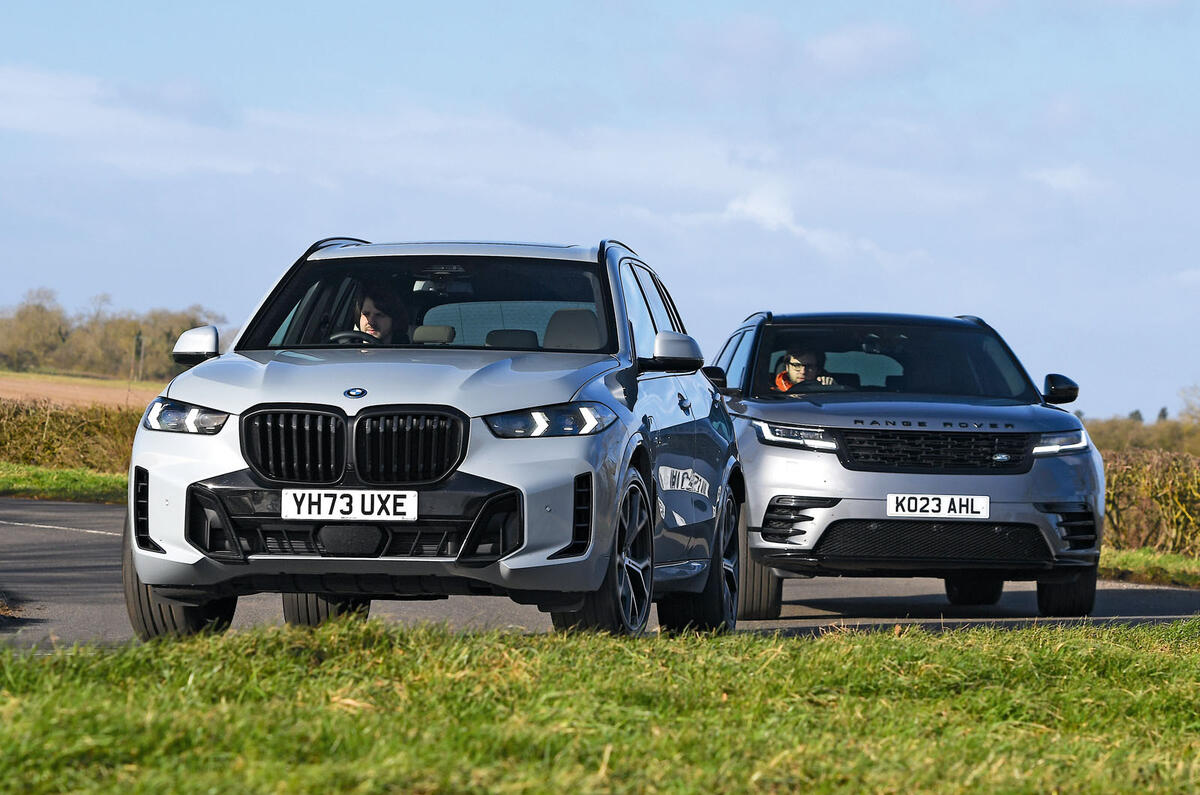The popularity of SUVs is continuing globally and especially in Europe, despite legislation aimed at restricting the popularity of the biggest versions.
The broad category encompassing SUVs from the Renault Captur all the way up to the BMW XM is expected to have accounted for more than half of all cars sold globally in 2024.
The global split in 2023 was 48%, according to figures from the International Energy Agency, making it an almost dead cert that 2024 surpassed the halfway point.
Hyundai, for example, has declared that last year 56% of its global sales were SUVs, up from 54% the year before, amounting to just over 2.3 million cars. That figure hit 60% in Europe, rising to 74% in the US.
Overall in Europe, SUVs hit a record 54% share, with sales up 4% from 2023 figures to 6.92m, according to figures from market analyst Jato Dynamics.
Compact SUVs took the biggest share of any segment, led by the Volkswagen Tiguan. In fact, a quarter of all European SUVs sold last year were made by Volkswagen Group brands.
In the UK, the share was even higher, at 61%, Jato Dynamics figures show, with 1.2m registered last year, up 9% on the year before. This makes it the second largest European market for SUVs, behind Germany (1.27m).
Eight out of the ten best-selling cars sold in the UK last year were SUVs, including the number-one Ford Puma and second-placed Kia Sportage.
While no one is going after the Nissan Juke (fourth on the UK list), several cities across Europe have introduced more expensive parking charges for bigger vehicles.
Paris residents last year voted to triple the price of parking for heavier vehicles (on the basis that heavier often means wider). EVs are exempt.
Similar proposals for higher charges for bigger and higher-emitting cars are under consultation in Bristol, Cardiff and Oxford.
The Paris vote cemented France’s status as the most anti-SUV country in Europe. The third-biggest car market in the region already punishes heavier ICE cars with its CO2- and weight-based ‘malus’ scheme, which can add up to €60,000 (£50,340) to the cost of a new car.
From the start of this year, France has also dragged plug-in hybrids into the malus scheme, prompting a mad dash to register PHEVs before the cut-off at the end of December.






Add your comment